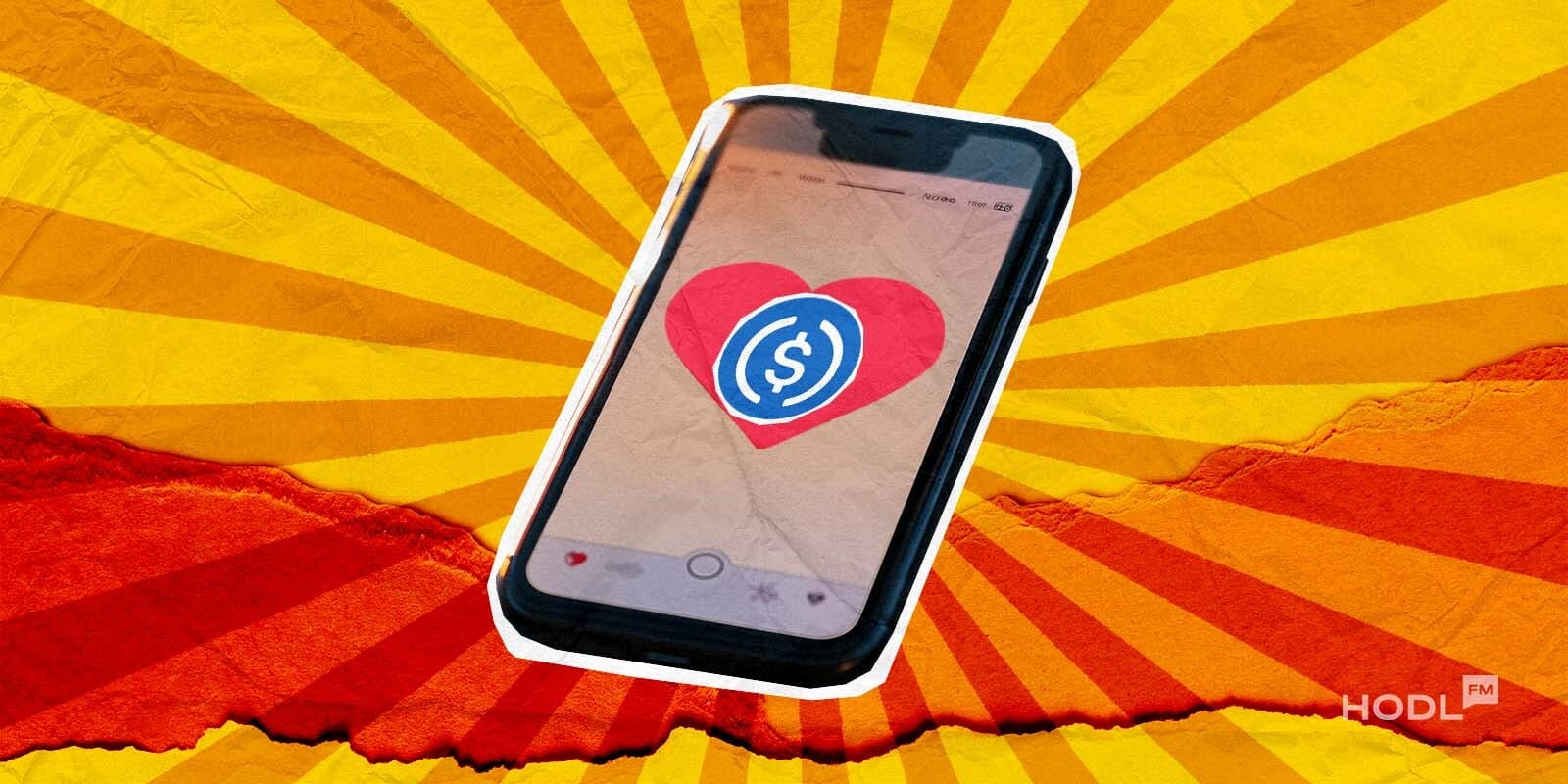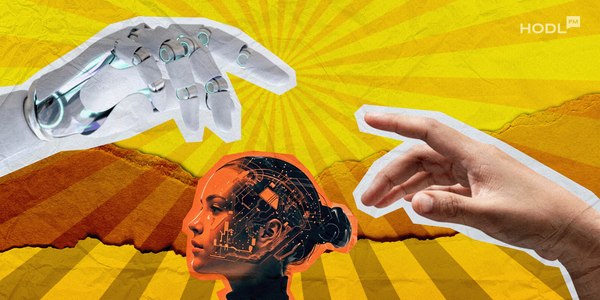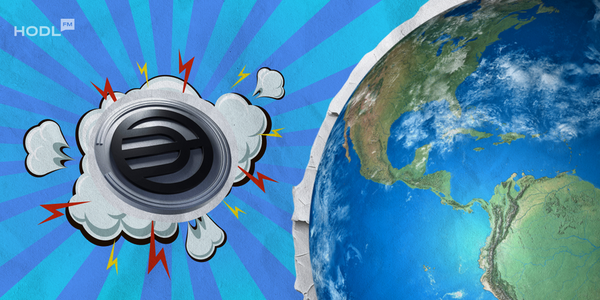With Apple's recent announcement to open its Near Field Communication (NFC) chip to third-party developers, the tech giant has set the stage for a significant shift in the world of cryptocurrency payments. The decision, influenced by the European Union's Digital Markets Act (DMA) and increasing regulatory pressure, marks a departure from Apple's traditionally closed hardware ecosystem.
This move could have profound implications for the cryptocurrency industry, particularly for stablecoins like USD Coin (USDC), by making blockchain-based mobile transactions more accessible and mainstream.
Related: Circle's USDC Integration on Celo
USDC Tap-to-Pay - The Future of Crypto Payments
Apple's NFC chip, a key technology that allows devices to communicate over short distances, is already widely used for contactless payments through services like Apple Pay. However, until now, only Apple Wallet and Apple Pay had permission to use NFC on iPhones. This has changed with the latest update iOS 18.1, which allows third-party apps to access the NFC chip and Secure Element (SE) for transactions.
This breakthrough could revolutionize the payment sector by integrating blockchain technology directly into iPhones, enabling secure, tap-to-pay transactions with cryptocurrencies like USDC.
Jeremy Allaire, CEO of Circle, the company behind USDC, quickly responded to Apple’s announcement. He expressed enthusiasm about the potential for USDC payments to be made directly through iPhones, highlighting the critical importance of this development for the future of digital currencies.
Tap to pay using USDC on iPhones incoming soon. Wallet devs, start your engines. https://t.co/D6lsj4saMS
— Jeremy Allaire - jda.eth / jdallaire.sol (@jerallaire) August 14, 2024
Idan Levin, partner at venture firm Collider VC, added:
Fewer clicks, fewer taps, meeting users where they are—each one is another tiny step toward that big moment when billions of people are using public blockchains.
after we have <1 cent txs in a scalable way plus stablecoins and dexes, the next major leaps in crypto will be probably UX related
— idanlevin.xyz (@0xidanlevin) August 15, 2024
less clicks, tapping, meeting users where they are - each one of those will be another small step that will accumulate into a singular moment -… https://t.co/bdaAjzBMBW
Introducing USDC Tap-to-Pay on iPhones could simplify how users make everyday transactions with cryptocurrencies. With this system, a point-of-sale (PoS) device could transmit transaction information directly to an iPhone via NFC, allowing users to confirm payments using FaceID or another authentication method. The payment would then be processed on the blockchain, merging the convenience of traditional mobile payments with the transparency and security of decentralized finance.
Use Cases
While the potential for USDC payments is groundbreaking, it represents just the beginning of what this update could achieve.

Apple’s decision to open its NFC chip and Secure Element not only impacts stablecoins like USDC and EURC but also opens doors for broader applications, including non-fungible tokens (NFTs) for tickets, certificates, and other digital assets.
Apple’s move complements other recent developments in the crypto space, such as the partnership between MetaMask, Mastercard, and Baanx to launch a crypto-to-fiat exchange card. It is currently being tested on a limited scale, with a few thousand digital cards, available to users in the European Union and the UK.
More: USDT, USDC, and BUSD: What is the difference?
While Apple's decision to unlock its NFC chip is a win for developers, they still need to navigate local regulations governing cryptocurrency transactions. This includes tackling "Know Your Customer" (KYC) and "Anti-Money Laundering" (AML) requirements, which could make integrating crypto payments into everyday transactions a bit more challenging. So, it’s not all smooth just yet!

Disclaimer: All materials on this site are for informational purposes only. None of the material should be interpreted as investment advice. Please note that despite the nature of much of the material created and hosted on this website, HODL FM is not a financial reference resource and the opinions of authors and other contributors are their own and should not be taken as financial advice. If you require advice of this sort, HODL FM strongly recommends contacting a qualified industry professional.





